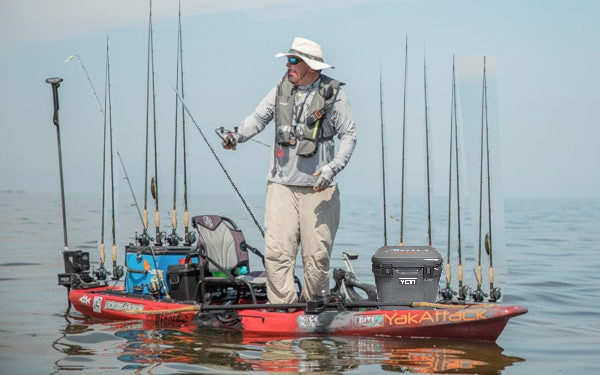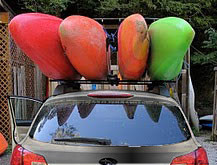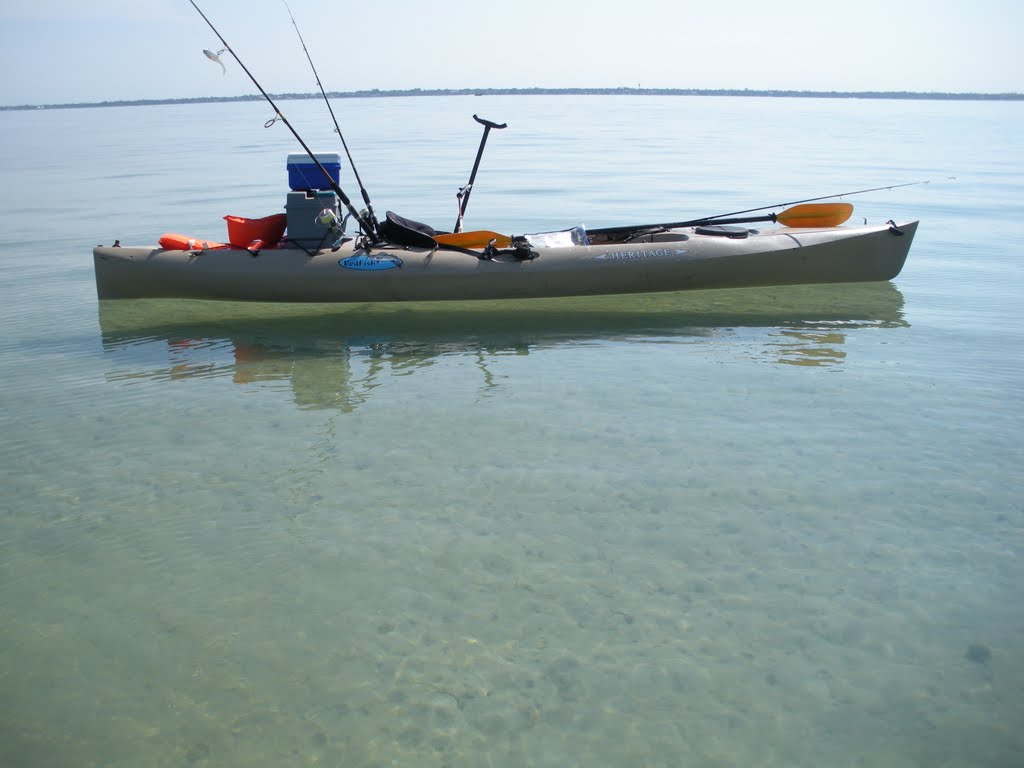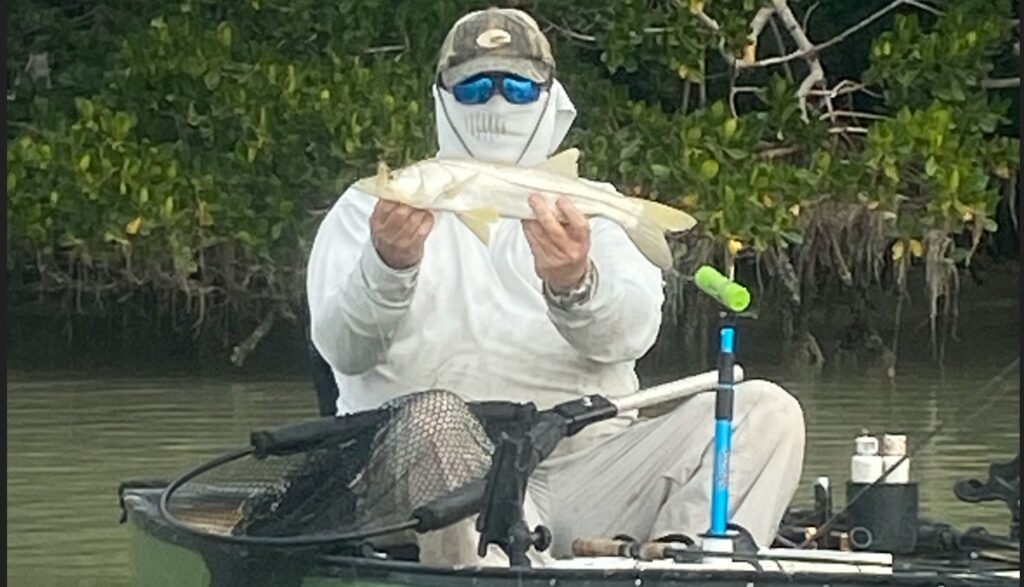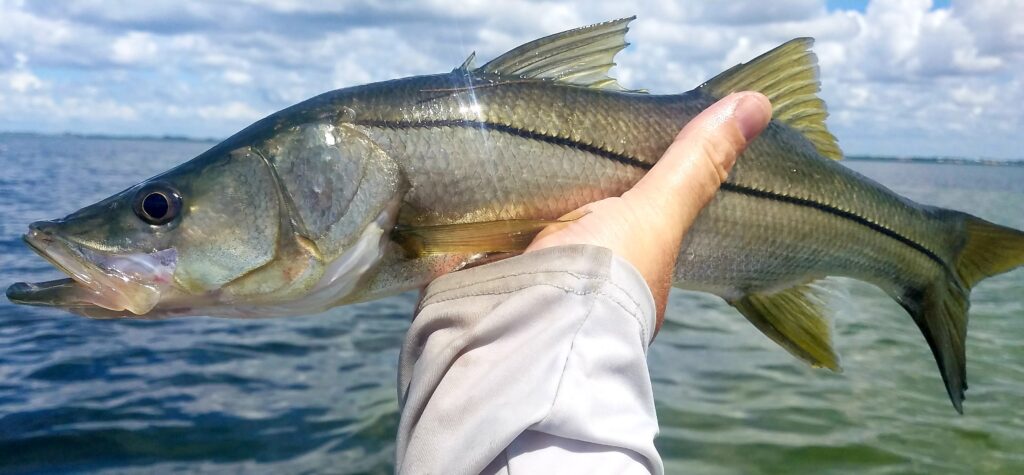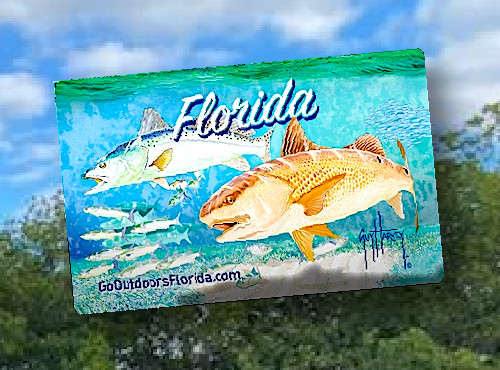Introduction: When it comes to kayak fishing, embracing safety measures is paramount to ensure a fun and secure adventure on the water. Whether you’re a novice or an experienced angler, prioritizing safety should always be the topmost concern. In this sister blog post, we will delve deeper into essential safety tips and guidelines to help you have a worry-free and enjoyable kayak fishing experience.
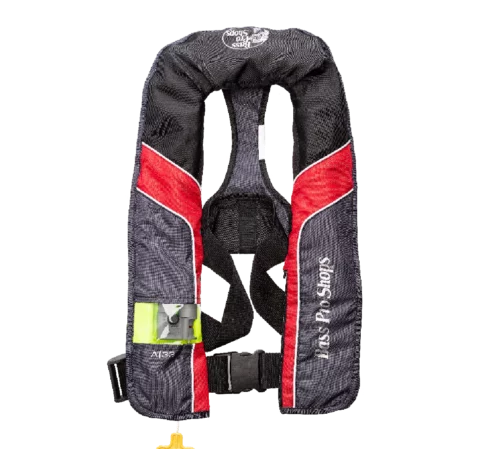
Wear a Personal Flotation Device (PFD): Always wear a properly fitted personal flotation device or life jacket while kayak fishing. Regardless of your swimming abilities, unexpected situations can arise on the water. A PFD will keep you buoyant and provide an extra layer of safety, giving you peace of mind and allowing you to focus on fishing.
Carry Required Signaling Device: A kayak safety whistle is a USCG Required item on most waters. Even if it is not having something to warn speeding boaters of your presence while they are posting to Instagram could save your life.
Be Aware of Weather Conditions: Before heading out on your kayak fishing trip, check the weather forecast. Strong winds, thunderstorms, or adverse weather conditions can make kayaking and fishing hazardous. Avoid venturing out if there are any weather warnings or if conditions seem unfavorable. Remember, your safety should always take precedence over a fishing excursion. I highly recommend Windy.com.
Share Your Plans: Inform a reliable person about your kayak fishing plans, including the location, estimated time of return, and any other pertinent details. This way, someone will be aware of your whereabouts and can alert authorities if needed. Consider using a float plan or a dedicated smartphone app that allows you to share your trip details with trusted contacts. Check out the phone app from Paddling.com They have a trip planner that you can plug in all your info and then email it to someone. My wife is a big fan of getting detailed info. We always joke its because she wants to be able to find the body so she can be able to collect the insurance. ahahah!
Understand Waterway Regulations: Familiarize yourself with local waterway regulations, including fishing regulations, restricted areas, and any specific rules governing kayak fishing. Complying with these regulations ensures not only your safety but also the protection of the environment and the sustainability of fish populations. Be aware of any permits or licenses required for fishing in certain areas.
Carry Essential Safety Equipment: Always have essential safety equipment readily available on your kayak. This includes a whistle or signaling device to attract attention, a bilge pump to remove water from your kayak, a paddle float or a self-rescue device in case of capsizing, and a first aid kit for any minor injuries. Additionally, a waterproof and fully charged cell phone can prove invaluable in emergency situations.
Practice Self-Rescue Techniques: Invest time in learning and practicing self-rescue techniques specific to kayaking. Familiarize yourself with techniques such as re-entering your kayak after a capsize, assisted rescues, and the use of a paddle float. These skills will boost your confidence on the water and enable you to handle unexpected situations effectively.
Stay Hydrated and Protect Yourself from the Sun: Don’t forget to stay hydrated during your kayak fishing adventure. Bring an adequate supply of water and drink regularly to prevent dehydration. Additionally, protect yourself from the sun’s harmful rays by wearing sunscreen, a hat, and polarized sunglasses. Proper hydration and sun protection contribute to your overall well-being while enjoying the outdoors.
Conclusion: Safety should always be the foundation of any kayak fishing excursion. By following these essential safety tips, you can ensure a secure and enjoyable experience on the water. Remember to wear a PFD, be aware of weather conditions, inform someone of your plans, understand local regulations, carry necessary safety equipment, practice self-rescue techniques, and take care of your health and well-being. With these safety measures in place, you can embark on your kayak fishing journey with confidence and peace of mind.
What is the best way to rig a kayak?
Enhancing Your Kayaking Adventure with Essential Kayak Accessories

